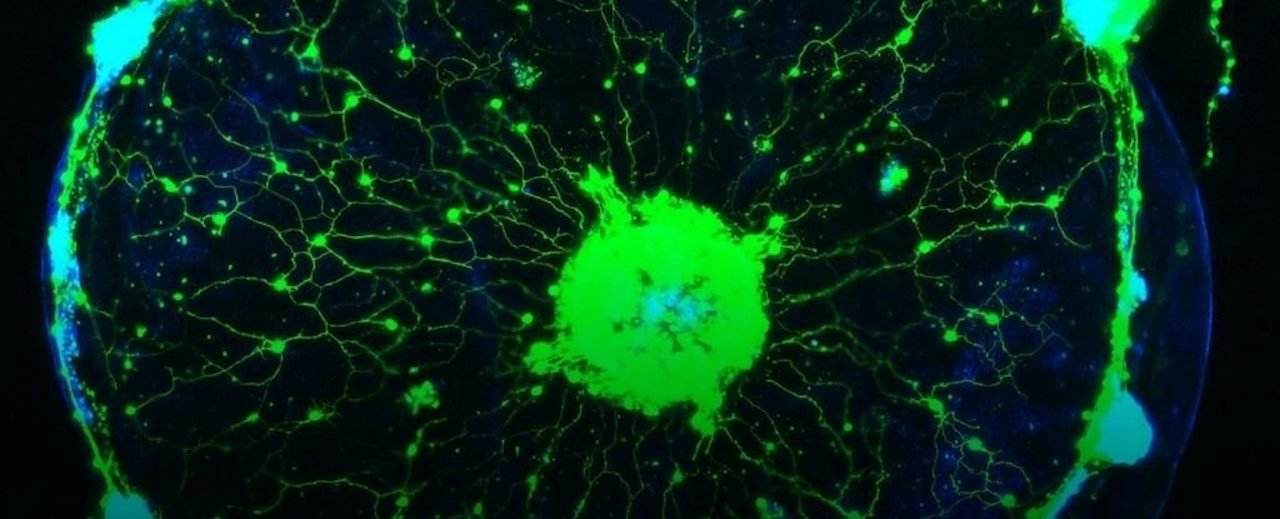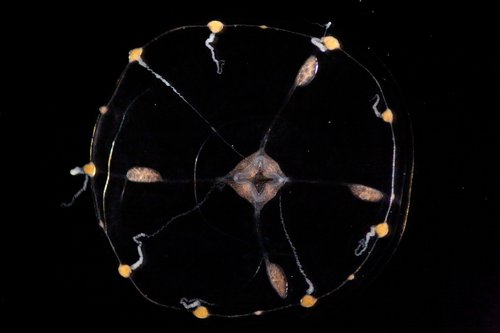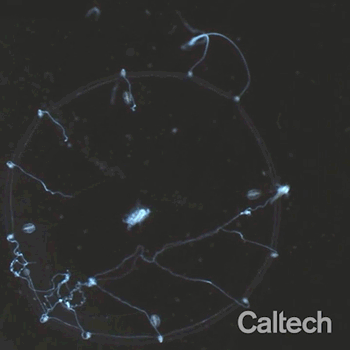Scientists have discovered a way to read the minds of jellyfish

Through dexterous genetic manipulation, it is now possible to observe how the neurons of the tiny species of transparent jellyfish work together in complex autonomous movements, such as grabbing and eating prey.
Clytia hemisphaerica is an ideal model for studying this behavior. Since this type of jellyfish is very small (less than a centimeter in diameter), their entire nervous system can easily be placed under a microscope. The genome is also quite simple, and the transparent body contains only about 10,000 neurons, making it easier to track neural messages.
When the researchers genetically modified the C. hemisphaerica jellyfish so that its neurons glow when activated, they discovered "an unanticipated degree of structured neural organization."

The nervous system of jellyfish was formed more than 500 million years ago and has remained practically unchanged since then. Compared to the brains of modern animals, the neurons in these "living fossils" are much simpler. There is no centralized system that coordinates all the movements of this creature, so how does he manage to do something?
New research suggests that C. hemisphaerica's neurons are arranged in an umbrella-like network that mimics its body. These neurons then divide into slices, almost like a pie. Each tentacle at the edge of the jellyfish bell is associated with one of these lobules. Therefore, when the jellyfish's hands detect and grab prey, the neurons in that particular lobule are activated in sequence.
First, the neurons on the edge of the pie send messages to the neurons in the center, where the jellyfish's mouth is. This causes the edge of the pie to turn inward towards the mouth, dragging the tentacle with it. In this case, the mouth, in turn, is "directed" towards the incoming food.

To see how the neurons that control the mouth interact with the neurons that control the jellyfish bell, and vice versa, researchers began to surgically remove certain parts of the body. When the jellyfish mouths were removed from the equation, the creatures continued to try to transfer food from their tentacles to non-existent mouths. And even when the jellyfish tentacles were removed, the chemical extracts of the shrimp injected into the tank could still cause the mouth to turn towards the food source.
The results obtained suggest that certain forms of jellyfish behavior are coordinated with the help of various groups of functionally organized neurons located around the circumference of the umbrella. For example, the network of neurons connecting the bell of a jellyfish to its mouth could also be associated with the digestive system.
But most interesting was that when the study jellyfish were deprived of food for a long time, they grabbed prey faster than when they were not so "hungry." This indicates some kind of neural feedback that lets the jellyfish "know" that it needs to refill its digestive system, putting other specific "nutritional" networks on high alert.
A source: cell, sciencealert
Illustrations: sciencealert